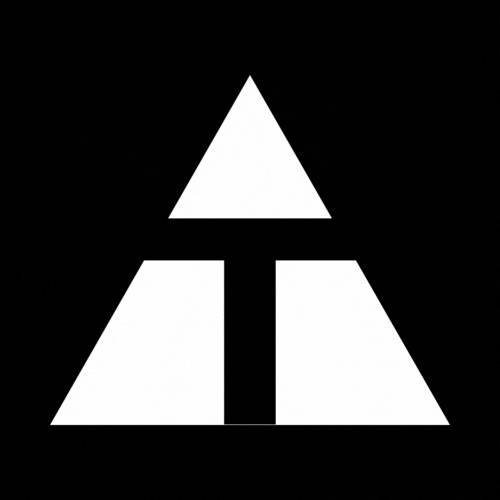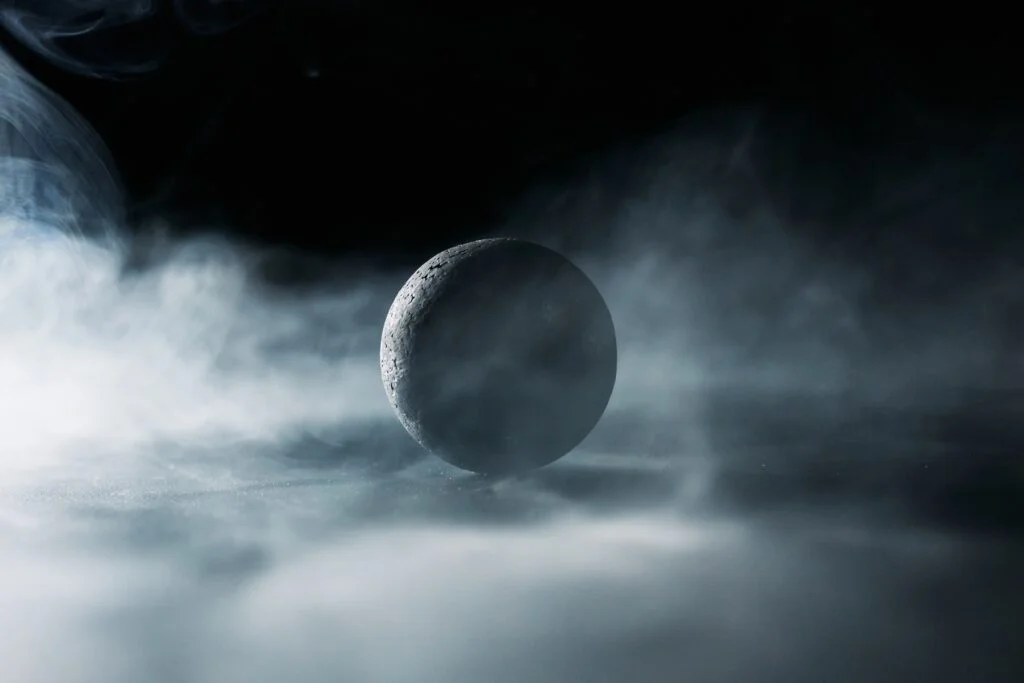The Ultimate Guide to VFX & Animation Industry Terms – Explained Simply!
In the realm of filmmaking, television production, and even video games, visual effects play a crucial role in enhancing the overall visual experience. in this Ultimate Guide to VFX & Animation Industry Terms, you will learn technical terms of VFX / Animation industry.
So let’s dive & understand deeper meaning of each VFX / Animation industry terms
Introduction
- What is the full form of VFX?
The Full Form of VFX, is Visual Effects, or many people even call it Visual FX. - What is VFX?, What is the meaning of VFX / Visual Effects?
VFX refers to the process of creating or manipulating imagery outside of live-action filming.In simple words, VFX / Visual effects are techniques used, where the original Live action footage is manipulated & New imagery is either added or created to enhance live-action footage, creating realistic or fantasy environments, adding creatures, and objects that would be impossible or impractical to shoot in reality.
From superhero battles to magical landscapes, VFX is the secret behind stunning movie visuals. Whether you’re a budding filmmaker, an aspiring artist, or just curious about how Bollywood / Hollywood makes the impossible look real, understanding VFX terms is essential.
In this blog, we’ll break down key VFX & Animation terms using simple explanations, real-world applications, and relatable examples—so even a school-going student can grasp them!
Below are very basic examples of VFX, which we all have seen in movies.
- Actors jumping from building
- We see actors falling / Jumping from a Plane,
- The Blast of Planes / Ships / Buillding etc
- The Blast of a Car, Or Car jumping
- The Blast of a Trains,
- Army soldiers of more than 10,000.
- We all have seen Spiderman Jumping from one building to another
- Superman flying from one place to another & many more,
the list is endless, as many films use VFX in some or the other way
Now let’s understand some technical terms of VFX & Animation industry & What are the Types & Techniques of visual effects?
Here are the top 15 Types of Techniques of VFX & Animation Industry Terms
Index
Pre-Production
- Previsualization (Previs)
- Concept Art
- Storyboarding
- Motion Capture (MoCap)
Production
- Green Screen / Chroma Keying
- Matchmoving (Camera Tracking)
- Rotoscoping
- Motion Graphics
Post-Production
- Compositing
- Matte Painting
- CGI (Computer-Generated Imagery)
- Particle Effects
- Rigging
- Rendering
- Digital Double
if you are new comer you can build your carrer around each of these technique as per your preference. You can be a part of VFX & Animation industry.
Here are more brief of each type.
1. Previsualization (3D Previs)
Definition: this is very 1st step after the scipt is in place, A rough 3D animation created before shooting a scene to plan camera angles, movements, and effects.
Used in: Planning complex shots, ensuring smooth VFX integration, and reducing production costs.
Example: Before building a LEGO castle, you first plan how it should look, right? Similarly, filmmakers use previs to plan VFX shots before shooting.
2. Concept Art
Definition: Initial artwork created to visualize characters, environments, and props before production begins.
Used in: Developing film aesthetics, guiding CGI artists, and ensuring design consistency.
Example: Imagine drawing a superhero costume before making it. Concept art is the movie version of that!
3. Storyboarding
Definition: A sequence of illustrated panels that visually represent a film scene before it’s shot.
Used in: Planning camera angles, guiding production teams, and reducing mistakes.
Example: Think of it as a comic strip that shows what will happen in a movie scene before filming starts.
4. Motion Capture (MoCap)
Definition: A process where an actor wears a special suit with sensors to capture their movements, which are then used to animate digital characters.
Used in: Creating realistic CGI characters, animating lifelike movements, and improving video game graphics.
Example: Have you played video games where characters move exactly like real people? That’s motion capture! Gollum in The Lord of the Rings was created using this technique.
5. Green Screen / Chroma Keying
Definition: A technique where actors perform in front of a green (or blue) screen so the background can be replaced later with any other scene using VFX.
Used in: Filming fantasy scenes, placing actors in imaginary worlds, and replacing backgrounds.
Example: Imagine clicking a picture of yourself in front of a plain green curtain and then using a phone app to replace the background with a snowy mountain.
6. Matchmoving (Camera Tracking)
Definition: A technique that tracks the movement of a real camera so CGI elements can be added in sync with the live-action footage.
Used in: Aligning CGI with real footage, placing digital creatures in real environments, and stabilizing shaky shots.
Example: Imagine filming your toy car on a track and then using a computer to replace the toy with a futuristic race car while keeping the same motion.
7. Rotoscoping
Definition: A technique where artists trace over live-action footage, frame by frame, to separate objects or people from the background.
Used in: Removing backgrounds, isolating characters, and integrating CGI into live-action shots.
Example: Imagine cutting out a picture of yourself from a printed photo and placing it on a different background.
8. Motion Graphics
Definition: Animated graphic design elements used to enhance videos.
Used in: Title sequences, advertisements, and explainer videos.
Example: The moving text and animations in TV commercials are motion graphics!
9. Compositing
Definition: The process of combining multiple images, videos, or CGI elements into a single seamless shot.
Used in: Layering special effects, blending real and digital elements, and making VFX shots look realistic.
Example: Think of it like making a collage in an art class where you stick different pictures together to create one complete image.
10. Matte Painting
Definition: A digitally created background used in films to create landscapes, cities, or fantasy worlds that don’t exist in real life.
Used in: Extending sets, creating fictional worlds, and replacing unwanted elements in a scene.
Example: Think of drawing a beautiful cityscape on paper and placing your action figures in front of it.
11. CGI (Computer-Generated Imagery)
Definition: The creation of animated or realistic-looking objects, characters, and effects using computers.
Used in: Creating animated films, enhancing live-action movies, and designing digital creatures.
Example: The characters in Frozen and Toy Story are all made using CGI.
12. Particle Effects
Definition: A technique used to create effects like fire, smoke, rain, explosions, and magical sparks.
Used in: Simulating natural elements, enhancing action scenes, and adding realism to CGI shots.
Example: If you’ve used a mobile app that adds sparkles or fire to your photos, that’s like particle effects in movies!
13. Rigging
Definition: The process of creating a skeleton structure for a 3D character to control its movement.
Used in: Animating digital characters, enabling realistic movements, and simplifying CGI workflows.
Example: Think of a puppet with strings that help it move.
14. Rendering
Definition: The final process where all visual elements are processed and converted into a polished video or image.
Used in: Producing the final film quality, adding lighting and textures, and generating high-resolution images.
Example: Imagine drawing a digital painting and pressing ‘Save’ to get the final image.
15. Digital Double
Definition: A CGI version of a real actor, used in dangerous stunts or impossible scenes.
Used in: Enhancing action sequences, replacing stunt doubles, and preserving actor continuity.
Example: In Spider-Man, when Spidey does crazy flips, it’s often a digital double!
————————-
Conclusion
VFX & Animation is what makes modern movies magical!
i’ll keep updating this list, but if you wish to know about any specific industry term feel free to drop a message on my social media & I’ll try to reply, as soon as possible.
i Hope you all get to speedup your learning curve in VFX & Animation field.
Want to bring your vision to life with expert VFX supervision? Let’s Connect
————————-


0 Comments